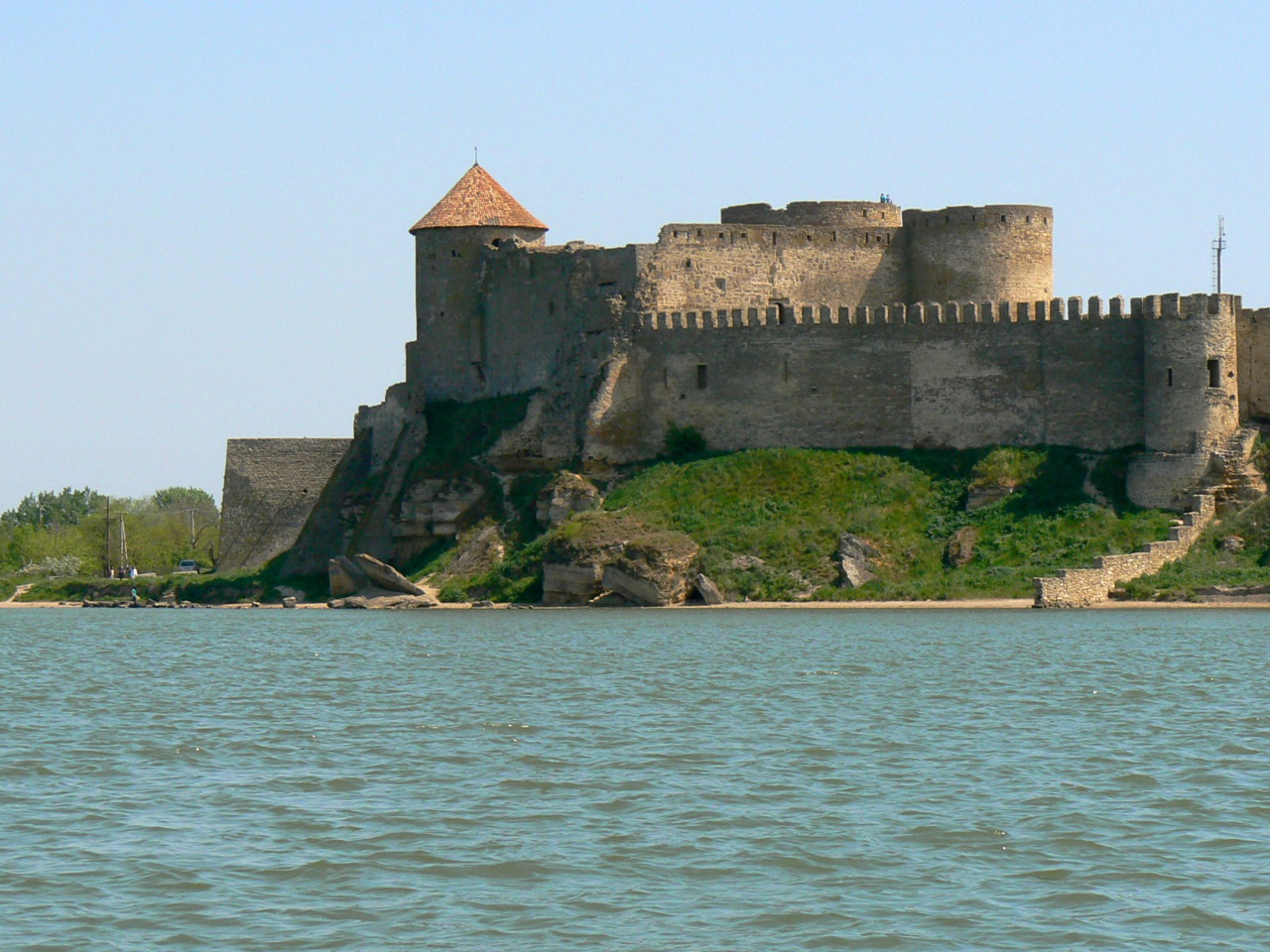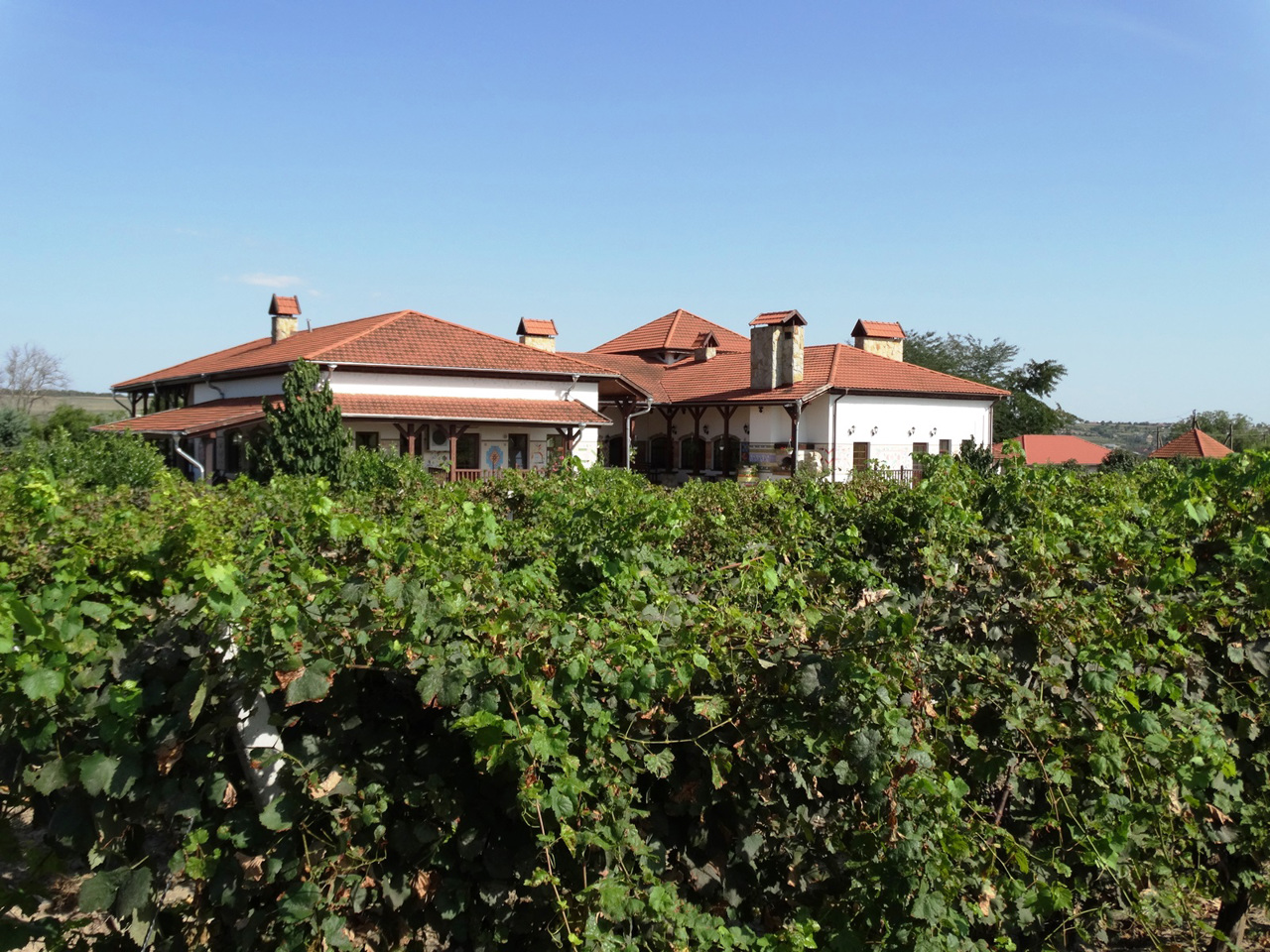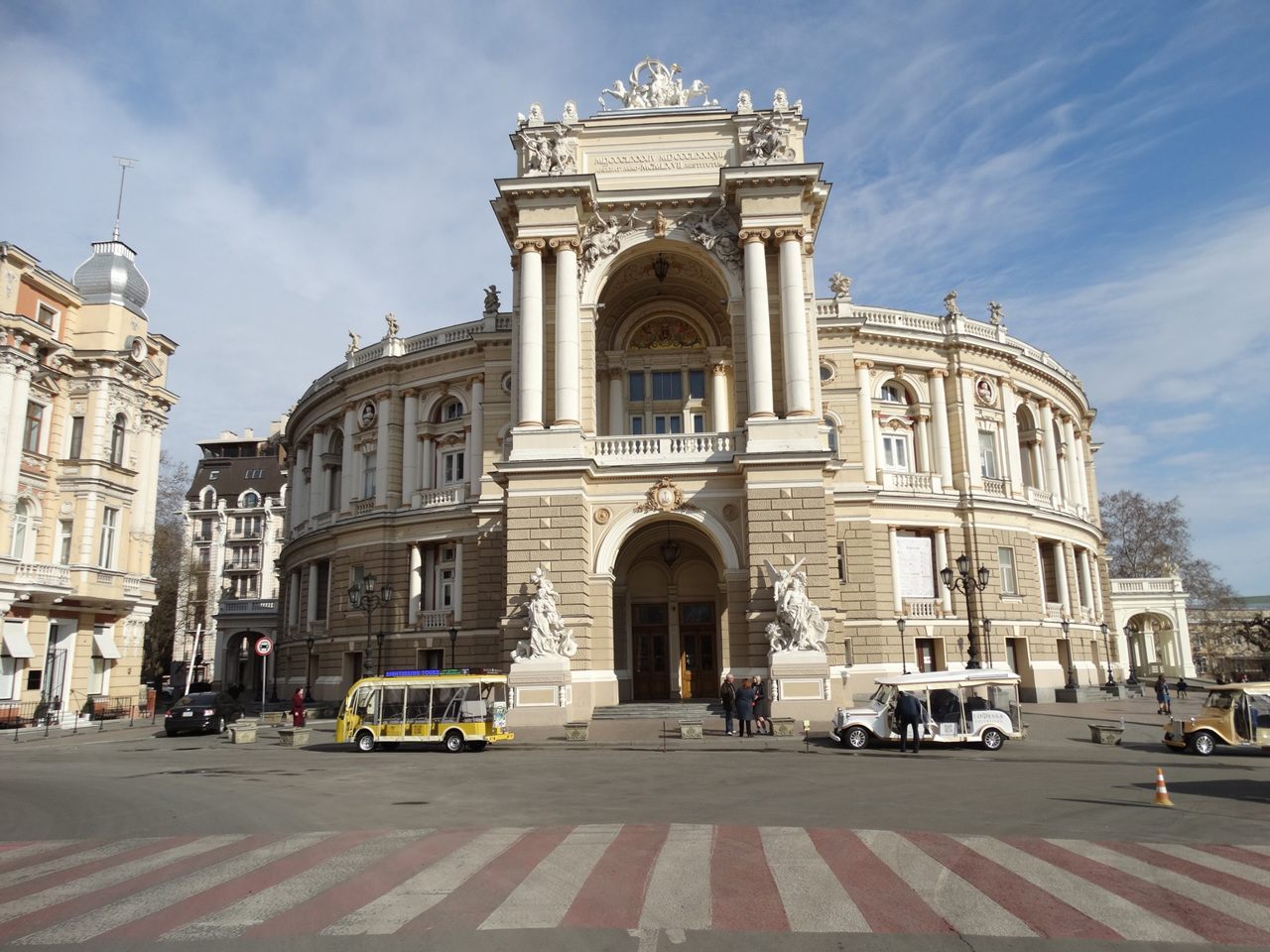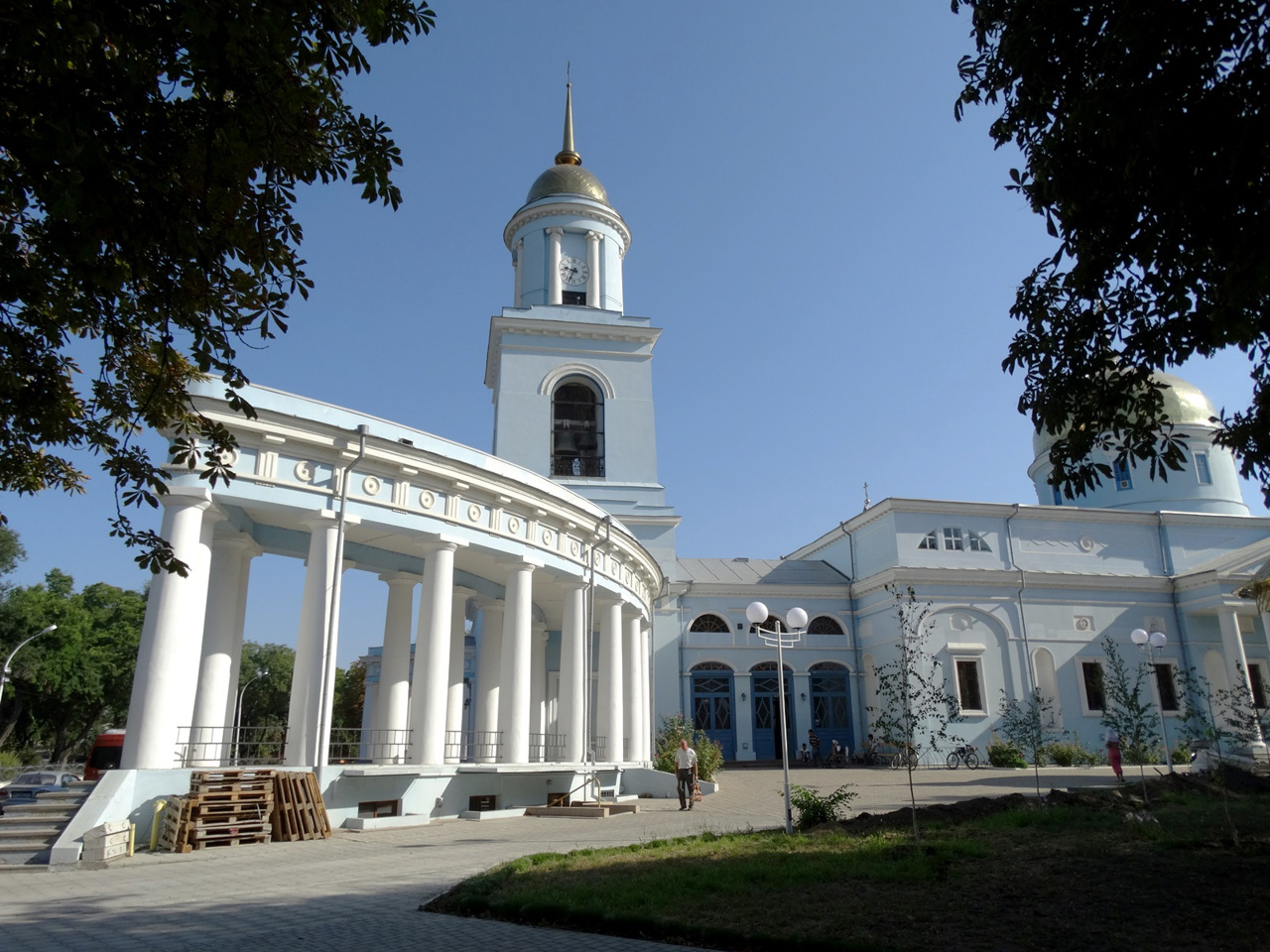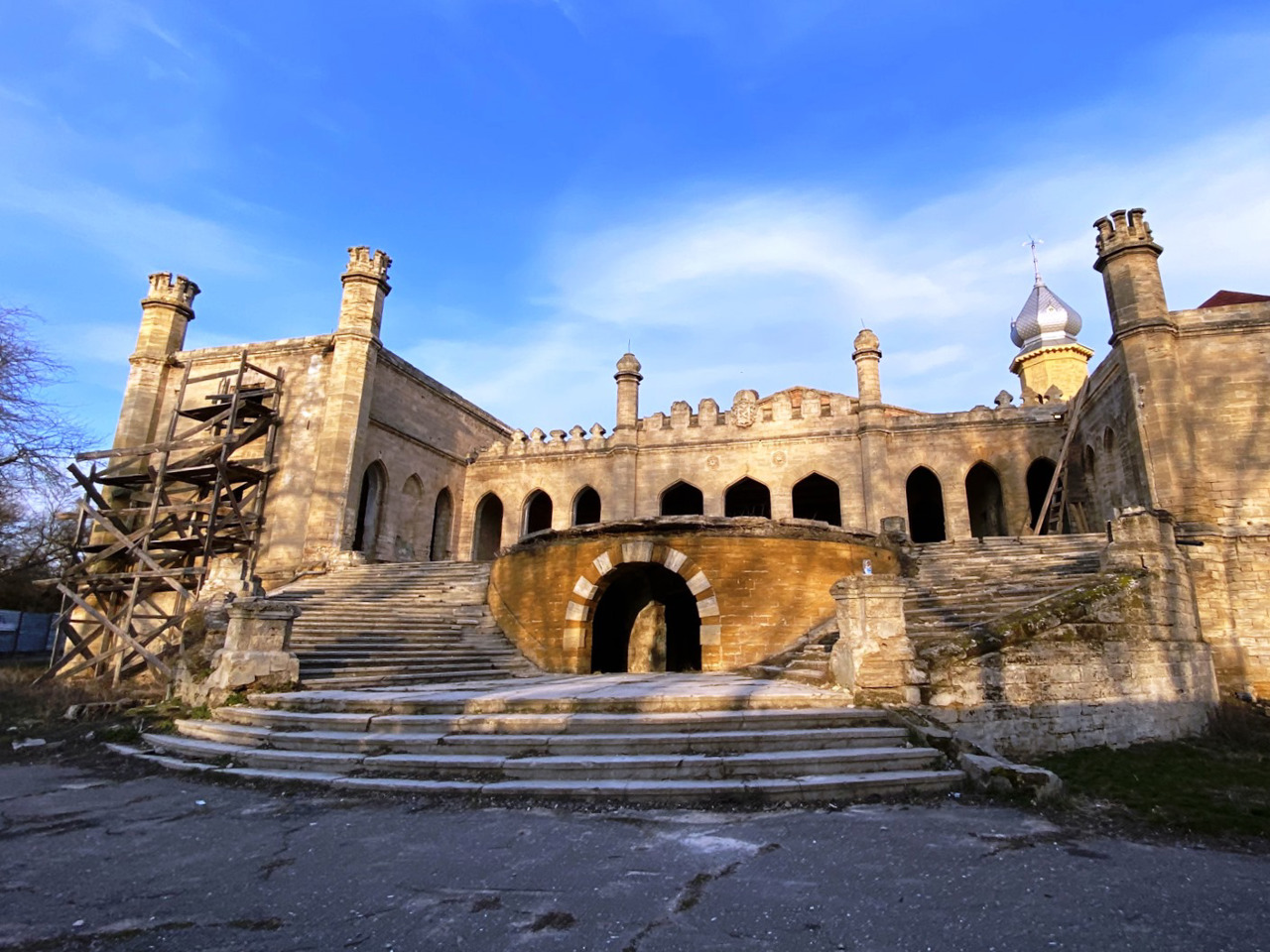Functional temporarily unavailable
Settlements
Odesa region
Cities and villages of
Odesa region
Online travel guide to the settlements of
Odesa region

Districts of Odesa region
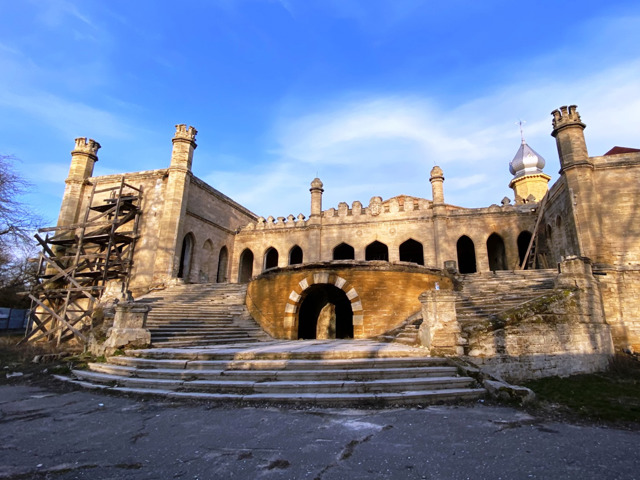
Berezivskyi district
Berezivskyi district is located in the eastern part of Odesa region, on the historical and ethnographic territory of the Black Sea coast. The rivers Tiligul, Velykyi Kuyalnyk and Malyi Kuyalnyk flow within the district. The west coast of the Tiligul estuary is part of the Tiligul Regional Landscape Park.
Here are such historical and cultural monuments as the Kuris Pala... Read more
Berezivskyi district is located in the eastern part of Odesa region, on the historical and ethnographic territory of the Black Sea coast. The rivers Tiligul, Velykyi Kuyalnyk and Malyi Kuyalnyk flow within the district. The west coast of the Tiligul estuary is part of the Tiligul Regional Landscape Park.
Here are such historical and cultural monuments as the Kuris Palace, St. Nicholas Church in Berezivka, the ruins of the church in Severinovka.
The administrative center of Berezivskyi district is the city of Berezivka, near which is one of the southernmost ski resorts in Ukraine "Berezivka".
The area of the district is more than 5550 square kilometers. The population of the district reaches 110 thousand people.
Berezivskyi district includes 226 settlements, which are united into 16 territorial hromadas: Berezivka city, Ivanivska, Mykolaivska, Raukhivska, Shiryaivska village, Andriyevo-Ivanivska, Velykobuyalytska, Znamyanska, Konoplyanska, Kurisovska, Novokalchevska, Petrovik Staromayakivska, Stryukivska, Chogodarivska rural amalgamated hromadas.
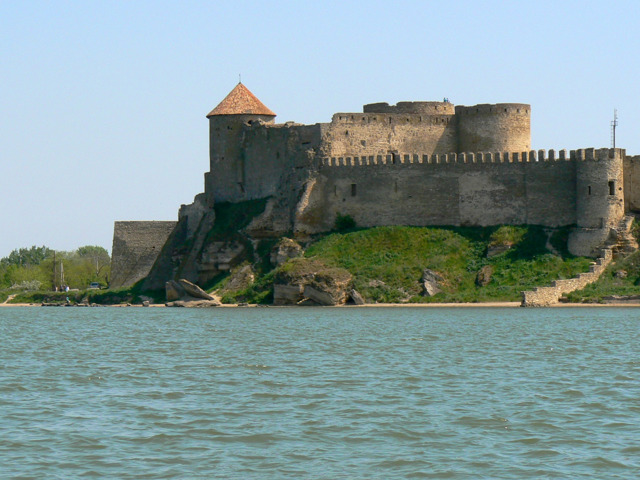
Bilhorod-Dnistrovskyi district
Bilhorod-Dnistrovskyi district is located in the central part of Odesa region, on the historical and ethnographic territory of Ukrainian Bessarabia, on the Black Sea coast. It borders Moldova to the north. The eastern border runs along the Dniester estuary. The nature of the mouth of the Dniester is protected by the Lower Dniester National Nature Park, and the Black Sea estu... Read more
Bilhorod-Dnistrovskyi district is located in the central part of Odesa region, on the historical and ethnographic territory of Ukrainian Bessarabia, on the Black Sea coast. It borders Moldova to the north. The eastern border runs along the Dniester estuary. The nature of the mouth of the Dniester is protected by the Lower Dniester National Nature Park, and the Black Sea estuaries are protected by the Tuzla Estuaries National Nature Park.
Within the district there are such historical and cultural monuments as the Bilhorod-Dnistrovskyi fortress "Ackerman", the Armenian and Greek churches in Bilhorod-Dnistrovskyi, the Lutheran church in Saratov. One of the main centers of Bessarabian winemaking is the village of Shabo, founded by Swiss colonists, where the Shabo Wine Culture Center has been established and private wineries operate. The leading seaside resorts are the resorts of Zatoka, Karolino-Bugaz, Serhiyivka, Lebedivka.
The administrative center of the Bilhorod-Dnistrovskyi district is the city of Bilhorod-Dnistrovskyi, which is the leading tourist center of the region. The area of the district is more than 5220 square kilometers. The population of the district exceeds 200 thousand people.
The Bilhorod-Dnistrovskyi district consists of 134 settlements, which are united in 16 territorial hromadas: Bilhorod-Dnistrovskyi, Tatarbunary city, Saratsk, Sergiev village, Divisional, Karolino-Bugaz, Kulevchansk, Lyman, Marazliyiv, Mologiv, Petropavlovsk Starokozatska, Tuzlivska, Uspenivska, Shabivska rural amalgamated hromadas.
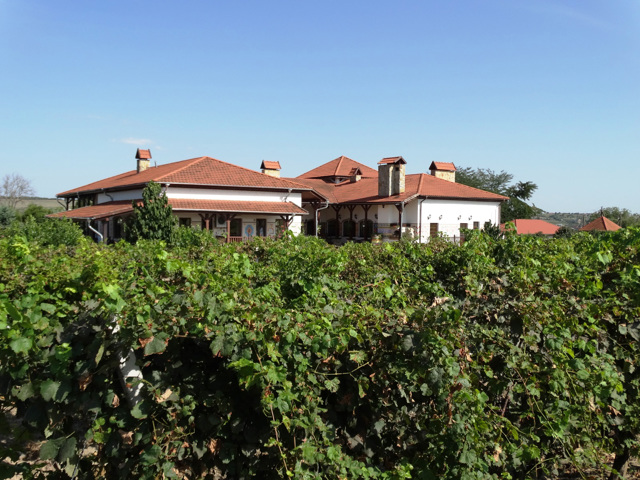
Bolhrad district
Bolgrad district is located in the western part of Odesa region, in the historical and ethnographic territory of Bessarabia. In the west it borders Moldova. The Yalpug River flows within the district, which flows into the largest freshwater lake in Ukraine, Yalpug. The lake valley is a unique wine terroir, the climate and soils of which are favorable for growing grapes and w... Read more
Bolgrad district is located in the western part of Odesa region, in the historical and ethnographic territory of Bessarabia. In the west it borders Moldova. The Yalpug River flows within the district, which flows into the largest freshwater lake in Ukraine, Yalpug. The lake valley is a unique wine terroir, the climate and soils of which are favorable for growing grapes and wine production. Here are the famous wineries "Colonist" and "Villa Tinta", which conduct tours and tastings.
The administrative center of the Bolgrad district is the city of Bolgrad, which is the leading center of Bulgarian culture in Ukraine. Architectural monuments are the Transfiguration Cathedral and the Church of St. Mitrophan in Bolgrad, as well as St. Demetrius Church in Krynychne.
The area of the district is more than 4560 square kilometers. The population of the district reaches 155 thousand people.
The Bolgrad district consists of 99 settlements, which are united into 10 territorial hromadas: Artsyz, Bolgrad city, Borodino, Tarutyn settlements, Vasyliv, Horodne, Krynychne, Kubey, Pavliv, Teplyk rural amalgamated hromadas.
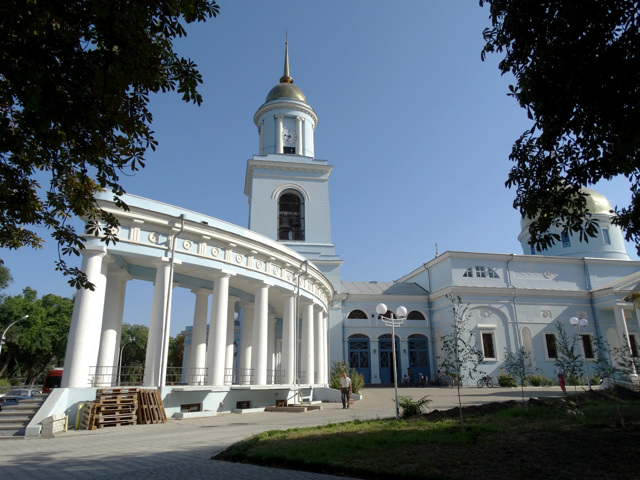
Izmail district
Izmail district is located in the south-western part of Odesa region, on the historical and ethnographic territory of the Black Sea coast. It borders Moldova to the north and Romania to the south. In the east it is washed by the waters of the Black Sea. The southern border runs along the Danube River. The valuable nature of the Danube Delta is protected by the Danube Biosphe... Read more
Izmail district is located in the south-western part of Odesa region, on the historical and ethnographic territory of the Black Sea coast. It borders Moldova to the north and Romania to the south. In the east it is washed by the waters of the Black Sea. The southern border runs along the Danube River. The valuable nature of the Danube Delta is protected by the Danube Biosphere Reserve. On the Danube arms and canals is the town of Vilkove, which has a unique culture associated with aquatic life and patriarchal traditions of Lipovan. Nearby is the seaside resort of Primorsko.
The administrative center of the Izmail district is the historic city of Izmail. There are such historical and cultural monuments as the Little Mosque and Orthodox churches on the territory of the Izmail Fortress, the Intercession Cathedral, the Izmail Historical Museum of Alexander Suvorov. The Izmail Regional Landscape Park has been established on Danube River near Izmail.
The area of the district is almost 3435 square kilometers. The population of the district reaches 206 thousand people.
Izmail district consists of 52 settlements, which are united into 6 territorial hromadas: Vilkivska, Izmail, Kiliya, Reni city, Suvorovska settlements, Safyanivska rural amalgamated hromadas.
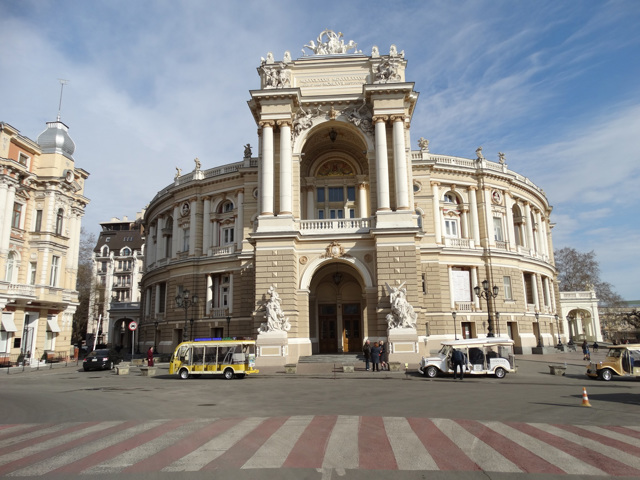
Odesa district
Odesa district is located in the south-eastern part of Odesa region, on the historical and ethnographic territory of the Black Sea coast, on the Black Sea coast. The western border of the district runs along the Dniester estuary, where part of the Lower Dniester National Nature Park is located, and the eastern border runs along the Tiligul estuary, which is protected by the ... Read more
Odesa district is located in the south-eastern part of Odesa region, on the historical and ethnographic territory of the Black Sea coast, on the Black Sea coast. The western border of the district runs along the Dniester estuary, where part of the Lower Dniester National Nature Park is located, and the eastern border runs along the Tiligul estuary, which is protected by the Tiligul regional landscape park. The rivers Velykyi Kuyalnyk and Malyi Kuyalnyk flow within the district. On the silt muds of the Kuyalnytsya estuary there is a mud resort of state importance Kuyalnyk.
The administrative center of Odesa district is the port multicultural city of Odesa, famous for its promenades on Deribasovskaya Street and Primorsky Boulevard. There are such historical and cultural monuments as the Odesa National Academic Opera and Ballet Theater, Potocki Palace (now an art museum), Abaza Palace (Museum of Western and Oriental Art), Vorontsov Palace. One of the most visited is the Odesa Literary Museum. The center of resort and nightlife is the coastal area of Arcadia.
Along the entire coastline of the district are seaside resorts, the largest of which are the port cities of Chernomorsk and Yuzhne. The main center of Odesa winemaking is the village of Tairov, where the Vasily Tairov Institute of Viticulture and Enology is based.
The area of the district is 3923 square kilometers. The population of the district reaches 1376 thousand people.
Odesa district consists of 155 settlements, which are united into 22 territorial hromadas: Bilyaiv, Odesa, Teplodar, Black Sea and Yuzhne cities, Avangardivska, Velykodolinska, Dobroslavska, Ovidiopolska, Tairovska and Chornomorska settlements, Velykodalnytska, Vytsyanska, Vyhodya Dachne, Krasnosilska, Mayakivska, Nerubayska, Usativska, Fontanska and Yaskivska rural amalgamated hromadas.
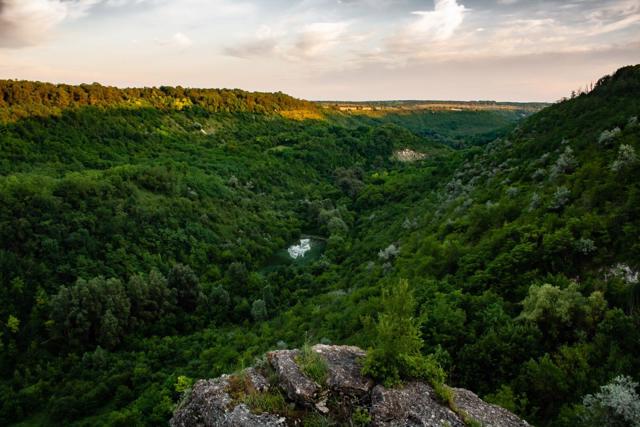
Podilsk district
Podilsk district is located in the northern part of Odesa region, at the junction of historical and ethnographic territories of Podillya and the Black Sea coast. In the west it borders Moldova. The north-eastern border runs along the Southern Bug River. The rivers Kodyma, Tiligul, Velykyi Kuyalnyk originate within the district.
The cultural and tourist route "Star... Read more
Podilsk district is located in the northern part of Odesa region, at the junction of historical and ethnographic territories of Podillya and the Black Sea coast. In the west it borders Moldova. The north-eastern border runs along the Southern Bug River. The rivers Kodyma, Tiligul, Velykyi Kuyalnyk originate within the district.
The cultural and tourist route "Starlings Way", which covers 15 settlements of Kodymshchyna, has been laid on the territory of the district.
The administrative center of Podolsk district is the city of Podilsk. The area of the district is 7064 square kilometers. The population of the district reaches 230 thousand people.
The Podilskyi district includes 299 settlements, which are united into 12 territorial hromadas: Ananyivska, Baltska, Kodymska, Podilska urban, Zelenogirska, Lyubashivska, Oknyanska, Savranska, Slobidska settlements, Dolynska, Kuyalnytska, Pishchanska rural amalgamated hromadas.
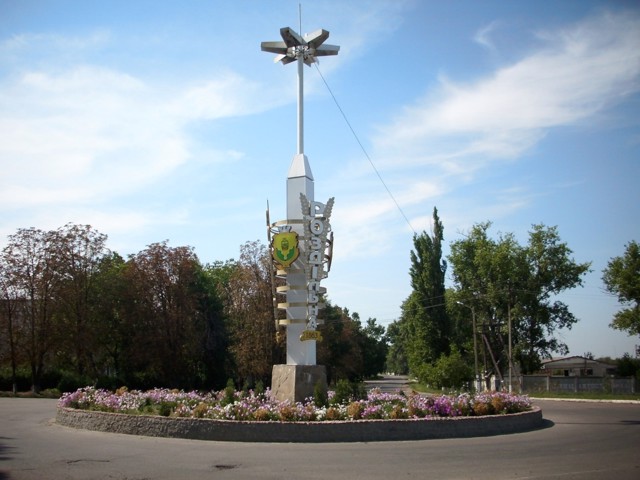
Rozdilna district
Rozdilna district is located in the central part of Odesa region, on the historical and ethnographic territory of the Black Sea coast. In the west it borders Moldova. The Kuchurgan River flows within the district, the Maly Kuyalnyk River originates. Kardamichivsky Park is a monument of landscape art of national importance. In the village of Limanske, founded by German coloni... Read more
Rozdilna district is located in the central part of Odesa region, on the historical and ethnographic territory of the Black Sea coast. In the west it borders Moldova. The Kuchurgan River flows within the district, the Maly Kuyalnyk River originates. Kardamichivsky Park is a monument of landscape art of national importance. In the village of Limanske, founded by German colonists, the ruins of the Church of the Assumption have been preserved.
The administrative center of Rozdilna district is the city of Rozdilna. The area of the district is almost 3565 square kilometers. The population of the district reaches 105 thousand people.
Rozdilnyansky district includes 209 settlements, which are united into 9 territorial hromadas: Rozdilnyansk city, Velykomykhailivska, Zatyshanska, Zakharivska, Lymanska, Tsebrykivska settlements, Velykoploskivska, Novoborysivska, Stepanivska rural amalgamated hromadas.
